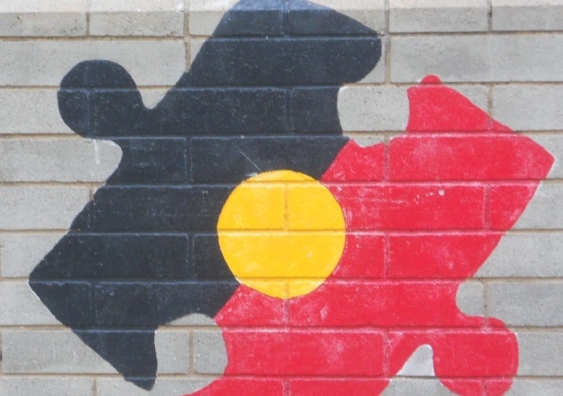OPINION: This week the referendum council recommended a simple question be put to the people: will they support constitutional change to give Aboriginal and Torres Strait Islanders an entrenched voice in the legislative process?
This follows directly on calls for a voice of this kind in the Uluru Statement from the Heart. It also has clear global precedents: a number of countries give First Nations a distinctive role in the legislative process as a means of protecting and promoting their interests.
One of the attractive features of the recommendation is also its simplicity: it calls for constitutional change to entrench a commitment to giving direct voice to Aboriginal and Torres Strait Islander peoples in the federal legislative process, but does not attempt to include all of the complex institutional detail that will be needed to give effect to such a voice. Some of this detail could potentially be included in the terms of any proposed constitutional change. Constitutional scholars such as Professor Anne Twomey have made useful suggestions as to how this might occur. Upfront detail of this kind, however, has two key downsides: it reduces the flexibility to alter the precise institutional arrangements best suited to giving Aboriginal and Torres Strait Islander people a legislative voice based on the wisdom of experience, or a process of trial and error.
And it makes it much more difficult for ordinary Australian electors to understand what at its core is a very simple idea — the idea of a direct say for Aboriginal and Torres Strait Islander peoples in legislative processes that bear on their interests.
We also know from past experience that referendum proposals that are hard to understand are hard to sell to the people.
The referendum council wisely leaves it to parliament to decide how much detail of this kind should be included in the terms of a proposed amendment put to the people, as opposed to leaving it to later legislative decision.
Many leading democracies have amended their constitutions in recent years in ways that have made important structural changes, yet left much of the detail of those changes to be worked out by later processes of legislation.
Parliament is effectively given prime responsibility for deciding on the shape of the body designed to give voice to First Nations: the only question is how much it decides before a referendum, and thus chooses to entrench in the Constitution, and how much it leaves to ordinary legislative definition and modification at a later date.
There is also significant precedent elsewhere for this kind of legislative-centred approach to constitutional change. Many leading democracies have amended their constitutions in recent years in ways that have made important structural changes, yet left much of the detail of those changes to be worked out by later processes of legislation. They have, in effect, adopted a two-stage process of constitutional change, which defers key parts of the process of change to later legislation.
In work with the University of Chicago’s Professor Tom Ginsburg, I have shown that constitutional deferral of this kind is now more or less a universal feature of recent processes of constitutional change. Just look at the 2010 Constitution of Kenya to see how broadly deferral of this kind has been used — in another common law, parliamentary system — to deal with complex forms of constitutional change.
A notable example is the provision for special representation for women and other minorities in the Kenyan parliament: the constitution mandates this form of special representation, but leaves it to the parliament to adopt legislation working out the detail of how this should work in practice.
Leaving aspects of an indigenous “voice” model undecided does, of course, carry some risks: it means some potential supporters might not vote for change, due to a lack of certainty about its precise contours, and a potential for delay in implementation (as in Kenya).
The key features, however, of such a model are clear; they have been fleshed out by Noel Pearson, Julian Leeser, Damian Freeman and others in a variety of contexts. There is not the problem of two rival versions of the core model that plagued the 1999 republic referendum.
Over the last seven months the referendum council’s Indigenous Steering Group has done the hard work of engaging First Nations across the country, so that even Aboriginal and Torres Strait Islander voters who wish to see more maximalist change are likely to vote yes to this proposal.
Many Aboriginal and Torres Strait Islander people still hope to see the government honour the other part of the Uluru Statement calling for a Makarrata Commission to supervise a process of truth-telling and agreement-making to address past wrongs. But this does not require formal constitutional change.
We should as voters be clear in supporting the referendum council’s proposals for constitutional change — and in calling on the parliament to do so.
The proposal is bold, yet consistent with our parliamentary traditions, and at the right level of detail and complexity for ordinary Australians to understand. If the main criticism that can be levelled against it is that it leaves too much to parliament, that is hardly a criticism that MPs — or those who support its powers and prerogatives — can complain about.
Rosalind Dixon is a professor at UNSW Law. This article was originally published by The Australian.


